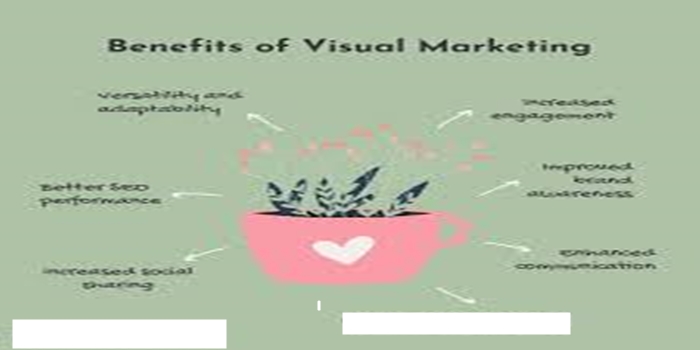Introduction
Marketing to non-visual life forms, such as blind individuals, requires shifting focus from visual signs to other senses and communication methods. Strategies include using audio descriptions, tactile graphics, and personalized communication tailored to the specific needs of the audience. Additionally, building trust and emotional connections through consistent messaging and strong brand voice is crucial. In this article, we explained the meaning of non-visual life forms. We also outlined the examples of non-visual life forms.
Non-visual life forms refer to entities that lack the ability to perceive the world through vision. This includes various microorganisms, like viruses and viroid, that are not considered cellular and cannot see. It also encompasses creatures with alternative sensory systems, such as those that use touch, smell, or sound to navigate and interact with their environment.
- Adapt Visual Content for Alternative Senses:
Audio Descriptions:
Provide audio descriptions for visual content like images, videos, and online ads.
Tactile Graphics:
Develop tactile graphics and alternative formats for products or services that can be physically explored by individuals with visual impairments.
Braille and Large Print:
Offer materials in Braille and large print formats to cater to diverse reading needs.
- Emphasize Non-Visual Communication Channels:
Audio Marketing:
Utilize audio marketing techniques like podcasts, radio ads, and narrated content to reach a wider audience.
Email Marketing:
Create accessible and engaging email campaigns that are optimized for screen readers and voice-based navigation.
Social Media:
Ensure social media content is accessible, including captions, alt-text, and clear descriptions of images and videos.
Local Marketing:
Connect with local influencers who have strong local reach and can endorse your brand.
- Focus on Brand Voice and Storytelling:
Brand Voice:
Establish a consistent and distinctive brand voice that resonates with your target audience.
Storytelling:
Craft compelling stories that resonate with your audience, focusing on emotions and experiences.
Personalized Communication:
Tailor your marketing messages to the specific needs and interests of your target audience.
- Consider Accessibility Guidelines:
Web Accessibility:
Ensure your website and online content adhere to web accessibility guidelines, such as WCAG (Web Content Accessibility Guidelines).
Mobile Accessibility:
Design mobile applications and websites with accessibility in mind, considering users who may have mobility or vision impairments.
- Utilize Technology for Accessibility:
AI-Powered Accessibility:
Explore the use of AI-powered tools that can automatically generate audio descriptions, captions, and alt-text for content.
Screen Readers:
Ensure your marketing materials are compatible with screen readers and other assistive technologies.
- Test and Iterate:
Accessibility Testing:
Conduct regular accessibility testing to identify areas for improvement and ensure your materials are accessible to all users.
Gather Feedback:
Solicit feedback from your target audience and use it to refine your marketing strategies.
Examples of Non-Visual Art:
Music: Music performance, sound art, music technology.
Performing Arts: Dance, theater, and film (while visually engaging, their impact also relies on auditory and tactile sensations).
Literature: Poetry, writing, audiobooks, podcasts.
Proprioceptive Art: Art that engages the body’s sense of movement, balance, and position, such as dance, martial arts, and climbing.
Gustatory Art: Art that engages the sense of taste, like meals and gastronomic experiences.
Non-visual Media: Audio, podcasts, sound effects.
Conclusion
Marketing to non-visual life forms would involve utilizing non-visual channels and sensory experiences. This could include tactile branding, soundscapes, scent marketing, and even leveraging AI-powered communication to understand and interact with these life forms, according to multiple search results.


